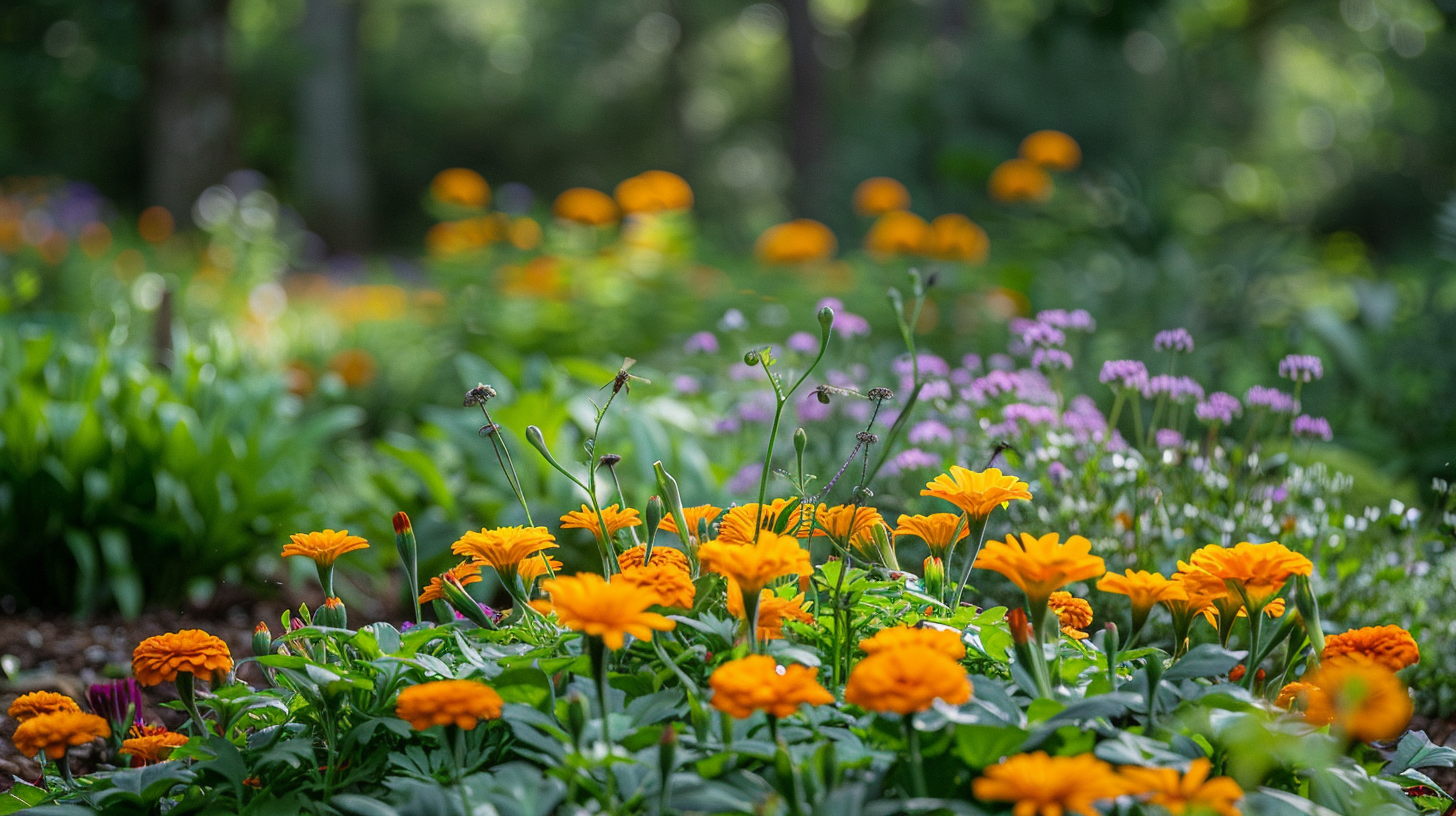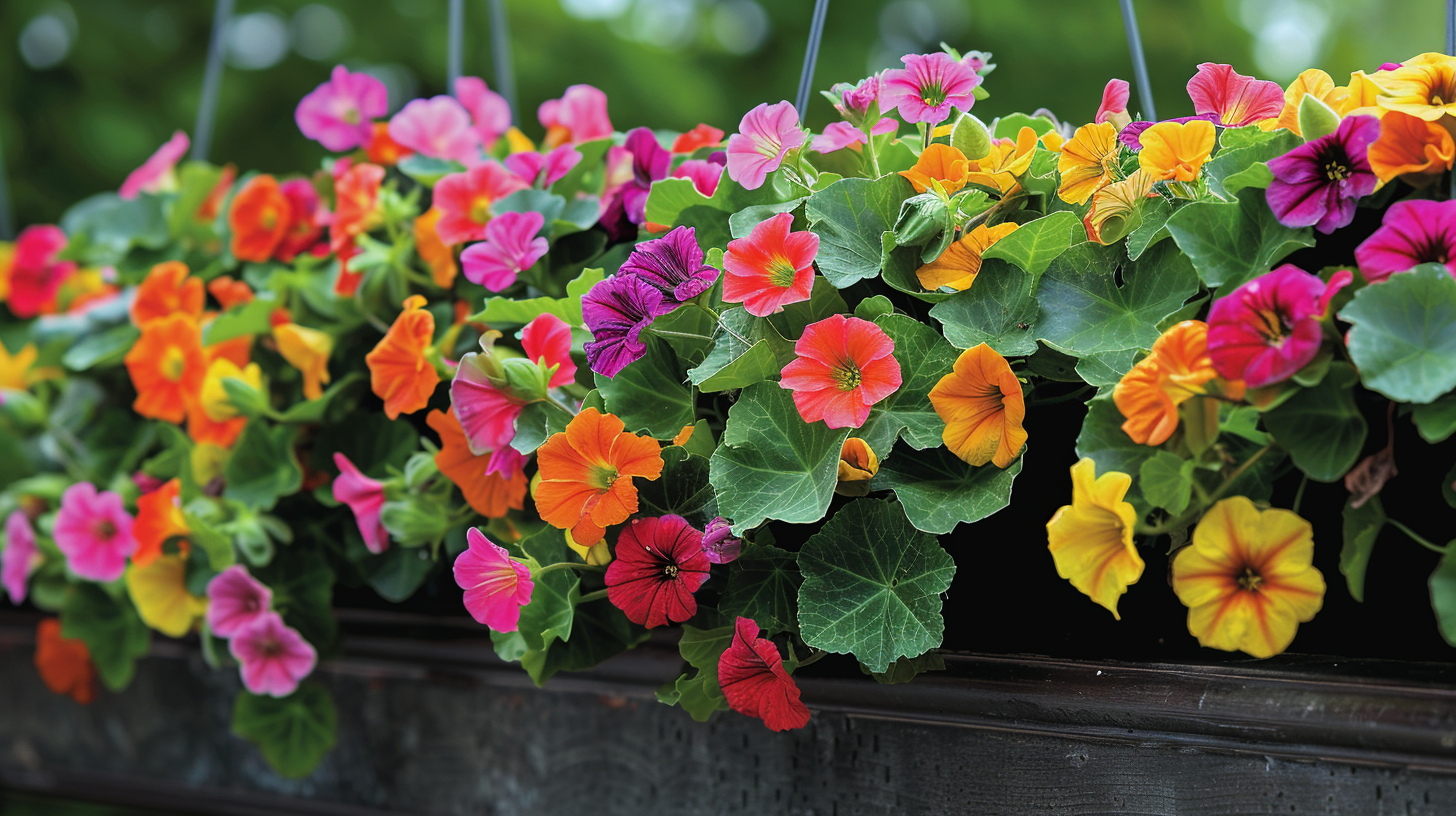Companion Planting for Pest Repellent: A Gardener's Guide
In this article, we'll delve into the world of companion planting and explore how pairing specific crops can help repel pests and protect your garden.

Introduction
In the intricate tapestry of the garden, companion planting emerges as a time-honored technique for promoting plant health and warding off pests. By strategically pairing certain plants together, gardeners can harness the natural properties of each species to create a harmonious and pest-resistant environment. In this article, we'll delve into the world of companion planting and explore how pairing specific crops can help repel pests and protect your garden.
Section 1: Marigolds - Nature's Pest Deterrent

Marigolds are renowned for their vibrant blooms and distinctive scent, but they also possess powerful pest-repelling properties. Planting marigolds among your vegetables can help deter a variety of pests, including nematodes, aphids, and whiteflies, thanks to their strong fragrance and root secretions.
Section 2: Basil - Aromatic Guardian of the Garden

Basil not only adds flavor to your culinary creations but also serves as a potent pest repellent in the garden. The strong scent of basil repels mosquitoes, flies, and other insects, making it an ideal companion plant for tomatoes, peppers, and other susceptible crops.
Section 3: Nasturtiums - Versatile Allies in Pest Control

Nasturtiums are valued not only for their cheerful flowers but also for their ability to repel a wide range of garden pests, including aphids, whiteflies, and cabbage moths. These colorful companions also attract beneficial insects like ladybugs and hoverflies, further enhancing their pest control capabilities.
Conclusion
Companion planting offers a natural and effective approach to pest management in the garden, harnessing the power of plant relationships to create a resilient and harmonious ecosystem. By strategically pairing pest-repellent plants with susceptible crops, gardeners can minimize the need for chemical pesticides and foster a healthier and more sustainable garden environment. Embrace the principles of companion planting and discover the beauty and benefits of cultivating a diverse and pest-resistant garden.




